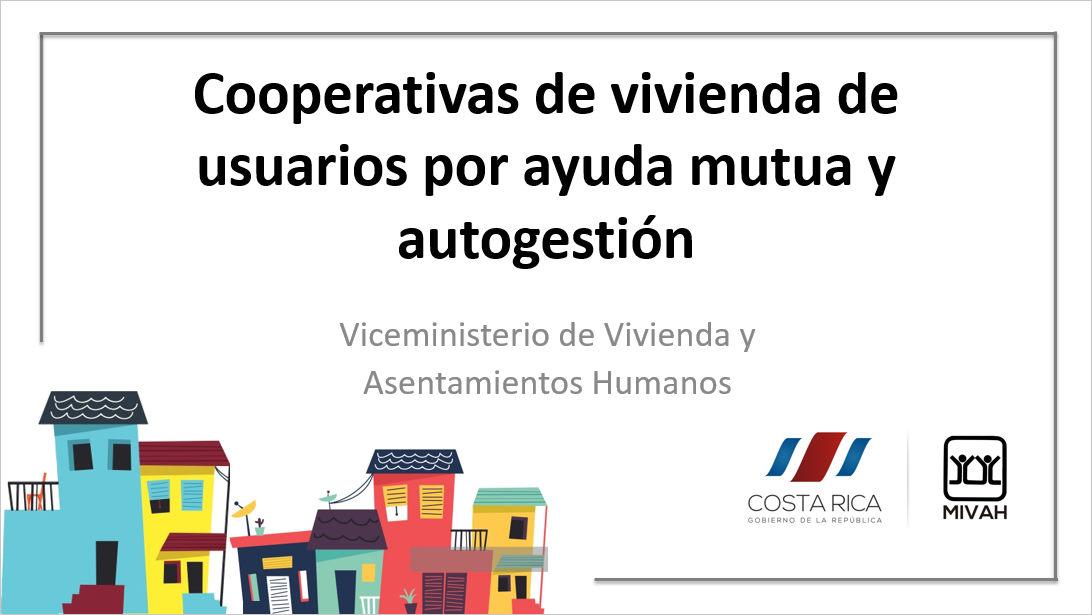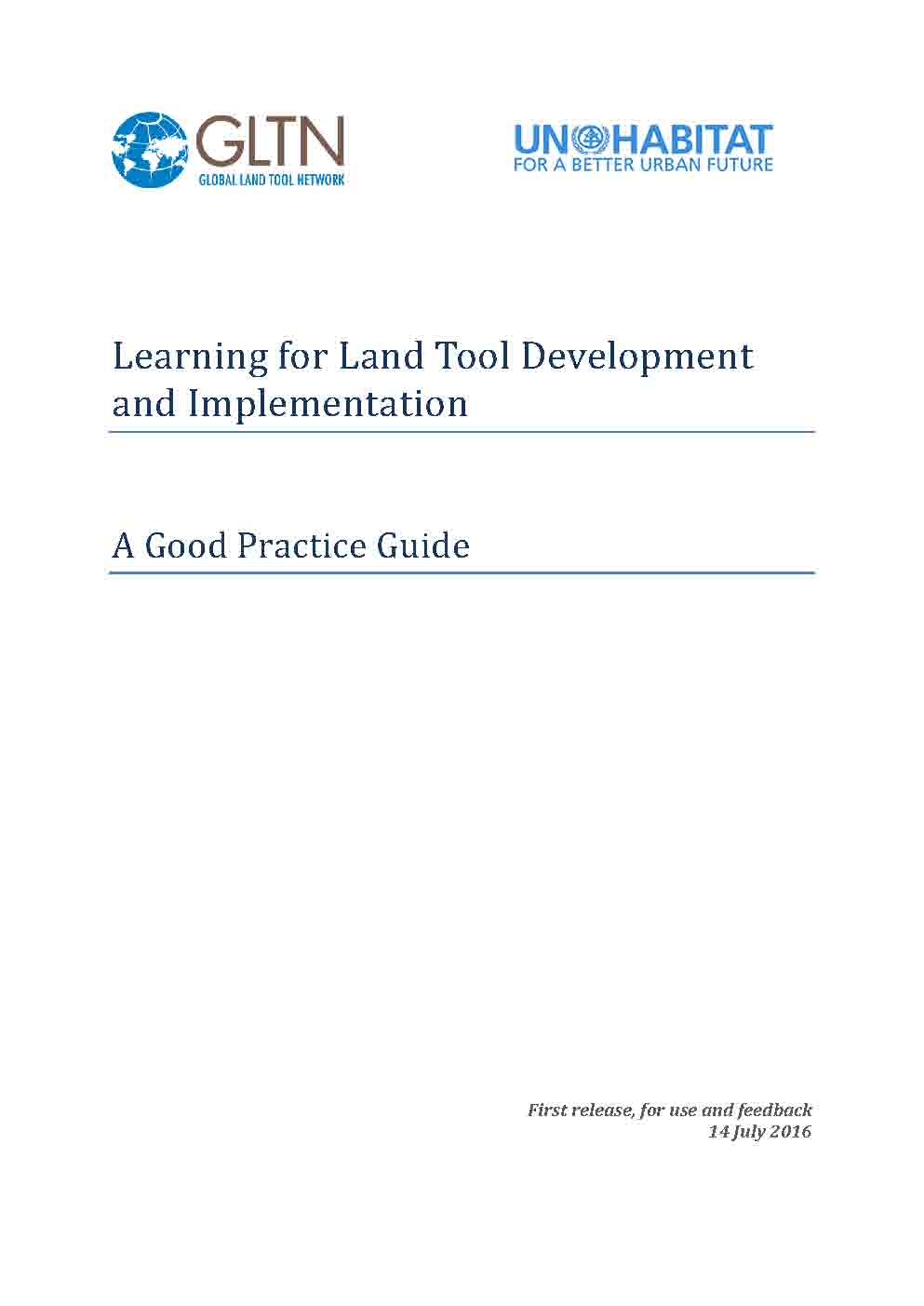Focal point
Location
The Global Land Tool Network (GLTN) is an alliance of global regional and national partners contributing to poverty alleviation through land reform, improved land management and security of tenure particularly through the development and dissemination of pro-poor and gender-sensitive land tools.
Secure land tenure and property rights are fundamental to shelter and livelihoods as well as the realisation of human rights, poverty reduction,economic prosperity and sustainable development.
The Global Land Tool Network (GLTN) main objective therefore is to contribute to poverty alleviation and the Millennium Development Goals through land reform, improved land management and security of tenure.
UN-Habitat through GLTN continues to work towards this with partners who include international civil society organizations, international finance institutions, international research and training institutions, donors and professional bodies.
Most developing countries use conventional land administration systems which cover less than 30 per cent of the country, leaving up to 70 per cent of citizens looking to informal and/ or customary approaches for their tenure security.
While there are many examples of good land policies, there are few policies that have been fully implemented due to lack of pro-poor, gendersensitive and largescale land tools. Further, conventional land titling approaches have largely failed to deliver their expected results since existing technical solutions are too expensive, inappropriate for the range of tenure found in developing countries, unsustainable financially or in terms of available capacity, and instead a range of land tenure options is more appropriate.
Core Values
Consequently, GLTN's core values and principles are founded in the development of land tools that are:
- Pro poor;
- Equitable;
- Sustainable;
- Affordable;
- Systematically large scale /scalable; and,
- Gender-sensitive, while taking into consideration:
- Good governance;
- Subsidiarity; and,
- The Continuum of Land Rights.
GLTN Objectives and Mandate
GLTN has developed a global partnership on land issues pulling together global partners, as well as many individual members. These partners include international networks of civil society, International Finance Institutions, international research and training institutions, donors and professional bodies. It continues to take a more holistic approach to land issues by working towards the following objectives:
- The establishment of a continuum of land rights, rather than just focus on individual land titling
- Improving and developing pro-poor land management, as well as land tenure tools
- Unblocking existing initiatives Assisting in strengthening existing land networks
- Supporting in the development of gendered land tools which are affordable and useful to grassroots
- Improving the general dissemination of knowledge about how to improve security of tenure
- Improving the general knowledge dissemination on the improvement of security of tenure
Resources
Displaying 106 - 110 of 286Cooperativas de vivienda de usuarios por ayuda mutua y autogestión – Costa Rica
Cooperativas de vivienda de usuarios por ayuda mutua y autogestión Viceministerio de Vivienda y Asentamientos Humanos de Costa Rica
Remaking the urban mosaic. Participatory and inclusive land readjustment
Participatory and inclusive land readjustment, or PILaR for short, is a way of reorganizing the ownership of land in and around cities in a pro-poor way. It brings together land parcels belonging to different owners and treats them as a single unit for planning and infrastructure provision. The municipality reserves a portion of the land for roads and other public infrastructure, and returns the rest to the original owners. Each owner gets back a smaller parcel, but it is worth more because it now has road access and other services.
Learning for Land Tool Development and Implementation. A Good Practice Guide.
This Guide has been developed for use by our colleagues and partners in implementing the GLTN capacity development strategy at country level. It is based on practical experience gained in the course our work during GLTN Phase 2, specifically in the development and application of pro-poor, gender responsive land tools. In our experience, learning is a fundamental precondition for the successful innovations that are so urgently needed to achieve responsible land administration for secure land and property rights for all.
Brief: Land and the New Urban Agenda
When finalizing the New Urban Agenda, United Nations Member States should address land as a key focus area and give attention to all types of human settlements: urban, peri-urban and rural, rich and poor. Members States should confirm and build on existing international instruments that promote the following: secure tenure for all, the public control of land use, the generation of land-based revenue to benefit everyone, and responsible land governance.
Land in the New Urban Agenda - A Briefing note for Policy-Makers
Land is central to sustainable urban development as most measures are only possible to be realized if sufficient land at the right location is available and affordable. The issues of land in human settlements are increasingly similar in countries at all levels of economic development from small rural settlements in developed countries to mega-cities in developing countries.This briefing note outlines commitments that policy makers in local governments should make and act upon regarding land issues within the New Urban Agenda.









